Table of Contents
What Is Red Pepper Flakes?
Red pepper flakes are dried and crushed red chili peppers that add heat and flavor to dishes. They're made from varieties like cayenne, jalapeño, and habanero peppers, providing a versatile spice for cooking.
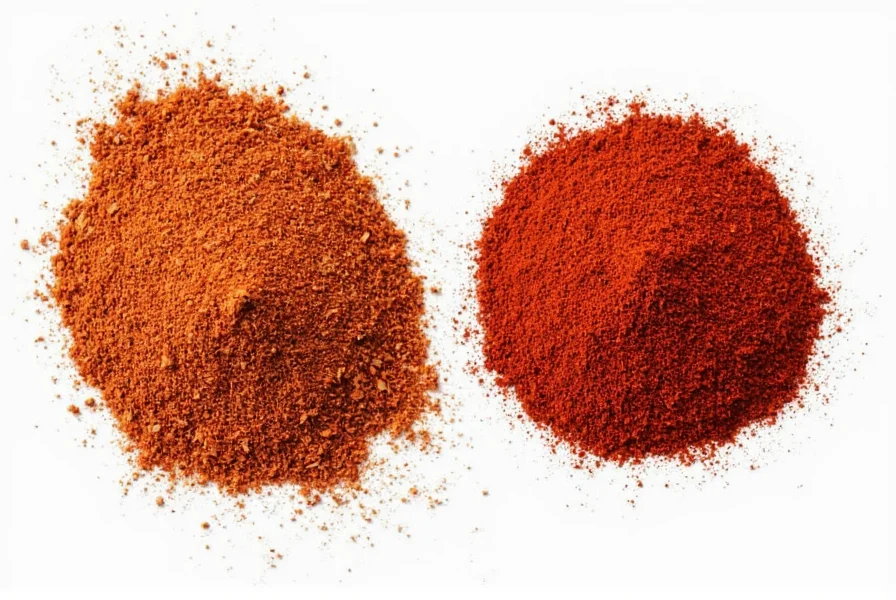
Red Pepper Flakes vs. Other Spices
| Spice | Heat Level | Flavor Profile | Best Uses |
|---|---|---|---|
| Red Pepper Flakes | Moderate to High | Smoky, slightly sweet | Pasta, pizza, soups, stews |
| Cayenne Pepper | High | Hot, sharp | Sauces, rubs, hot sauces |
| Paprika | Mild to Moderate | Earthy, sweet | Stews, meats, snacks |
| Chili Powder | Moderate | Complex, smoky | Meat dishes, enchiladas, tacos |
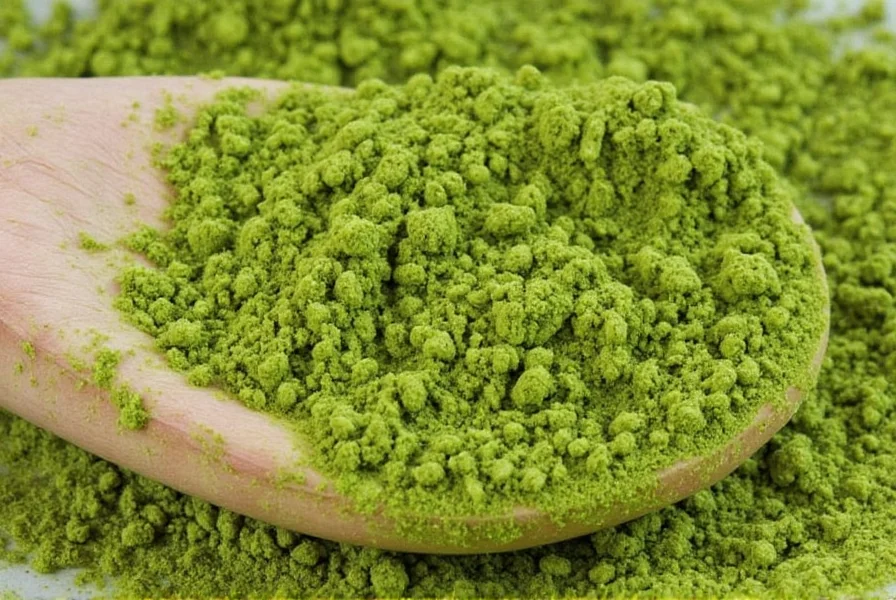
How to Use Red Pepper Flakes
Using red pepper flakes is simple, but there are some tips to help you get the most out of them. Here are a few practical ideas:
- Add Heat to Sauces: Stir a pinch of red pepper flakes into tomato-based sauces for extra kick.
- Season Roasted Veggies: Toss roasted potatoes, carrots, or Brussels sprouts with a bit of red pepper flakes for a spicy twist.
- Make a Dry Rub: Mix red pepper flakes with garlic, salt, and olive oil for a flavorful rub for chicken or steak.
- Top Pizza or Pasta: Sprinkle on top of your favorite pizza or pasta for an instant flavor boost.
- Infuse Oils: Add a few flakes to olive oil for a spicy drizzle over salads or bread.
Buying Guide: Choosing the Best Red Pepper Flakes
If you're new to red pepper flakes, choosing the right product can be overwhelming. Here's a detailed buying guide to help you make the best choice:
Features to Look For
- Origin: Some red pepper flakes are made from specific chili varieties, such as Aleppo or Calabrian peppers, which have unique flavors.
- Heat Level: Check the label for heat level—some are mild, while others are very spicy.
- Texture: Some are coarsely ground, while others are finely ground. Coarser flakes offer more crunch, while finer ones blend better into sauces.
- Organic or Non-GMO: If you prefer natural ingredients, look for organic or non-GMO certified products.
Recommended Products
Here are a few popular brands that offer high-quality red pepper flakes:
- Marinara Red Pepper Flakes (Brand A)
- Features: Medium heat, coarse texture
- Best For: Pizza, pasta, and sauces
- Price Range: $5–$8
- Calabrian Chili Flakes (Brand B)
- Features: Smoky, mildly spicy
- Best For: Salads, dressings, and seafood
- Price Range: $7–$10
- Italian Hot Pepper Flakes (Brand C)
- Features: Crisp, bold flavor
- Best For: Grilled meats, stews, and dips
- Price Range: $6–$9
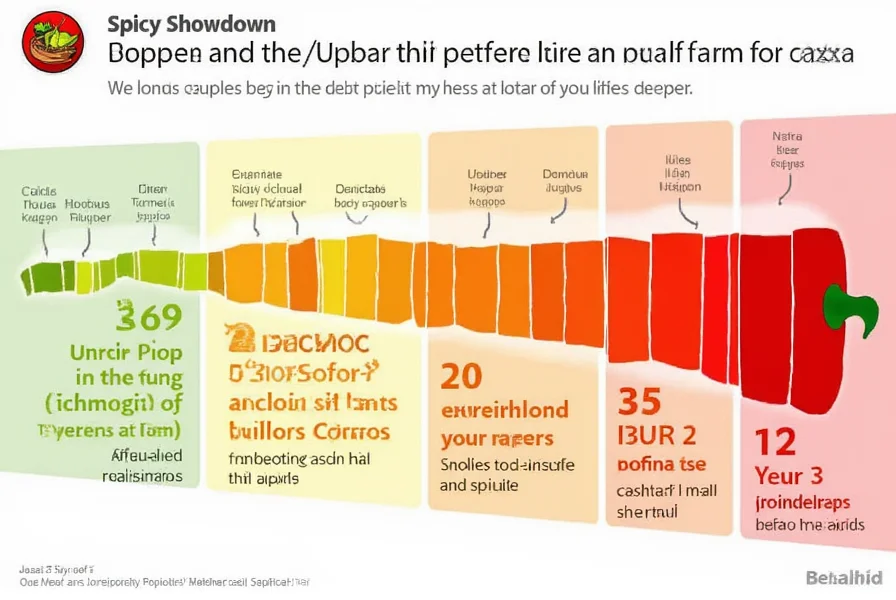
Common Mistakes to Avoid
Even seasoned cooks can make mistakes when using red pepper flakes. Here are some common errors to avoid:
- Overusing the Flakes: A little goes a long way. Start with a small amount and adjust to taste.
- Not Storing Properly: Keep red pepper flakes in an airtight container away from moisture and sunlight to maintain their flavor and potency.
- Ignoring the Heat Level: Different brands vary in spiciness. Always check the label or test a small portion before adding to a large batch.
- Using Them in the Wrong Dishes: While red pepper flakes are versatile, they might overpower delicate dishes. Use them wisely.
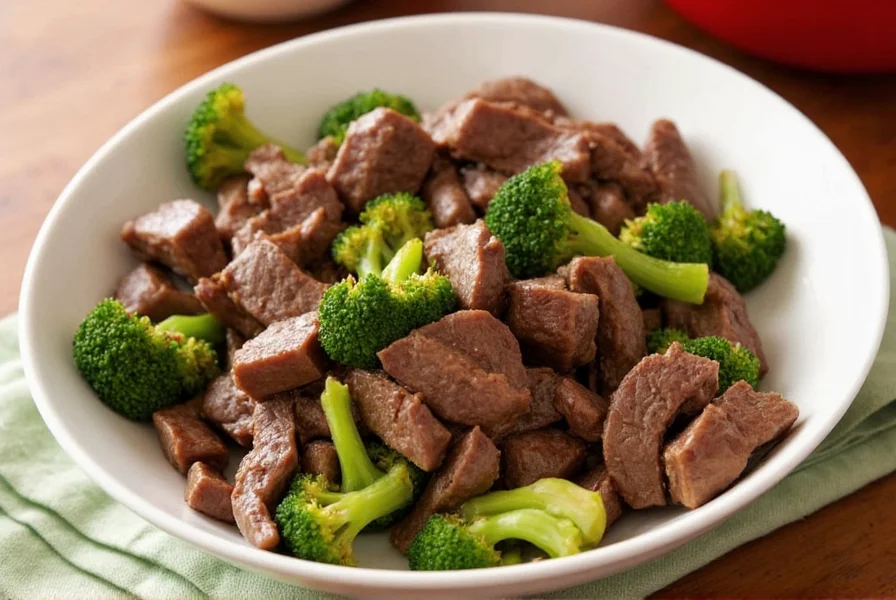
Frequently Asked Questions
What exactly are red pepper flakes made from?
Red pepper flakes are made from dried and crushed red chili peppers. They typically contain a blend of different pepper varieties including cayenne peppers, bell peppers, and other red chili peppers. The specific mix can vary by brand and region, which affects both the heat level and flavor profile.
How hot are red pepper flakes compared to other spicy ingredients?
Red pepper flakes have a moderate to high heat level, typically ranging from 500 to 30,000 Scoville Heat Units depending on the pepper varieties used. They're generally milder than pure cayenne pepper but hotter than paprika. The heat can vary significantly between brands, so it's always best to start with a small amount and adjust to your taste preferences.
What's the difference between red pepper flakes and crushed red pepper?
These terms are often used interchangeably, but there can be subtle differences. "Red pepper flakes" typically refers to a coarser grind with visible flakes of dried pepper, while "crushed red pepper" might be slightly finer. In most grocery stores and recipes, they're considered the same product. The main difference is usually just in how they're labeled by different manufacturers.
How should I properly store red pepper flakes to maintain freshness?
Store red pepper flakes in an airtight container away from direct sunlight, heat, and moisture. A cool, dark pantry is ideal. Properly stored, they can maintain their flavor and potency for up to 2 years. Avoid storing them near the stove or in clear containers exposed to light, as this can degrade their quality more quickly.
Can I substitute red pepper flakes if I don't have them?
Yes, there are several substitutes depending on what you're cooking. Cayenne pepper can be used but is typically hotter (use about 1/3 the amount). Chili powder works well but has additional spices. Crushed dried chilies, hot paprika, or even a dash of hot sauce can work in a pinch. Keep in mind that each substitute will affect the flavor profile differently.
Are red pepper flakes healthy or do they have any health benefits?
Red pepper flakes contain capsaicin, which has been linked to several potential health benefits including metabolism boost, pain relief, and anti-inflammatory properties. They're low in calories and contain vitamins A and C. However, they should be consumed in moderation as excessive amounts can cause digestive discomfort for some people.
Conclusion
Red pepper flakes are dried and crushed chili peppers that add heat and flavor to dishes. They're versatile for cooking, with varying heat levels and uses. Proper selection and usage can elevate any meal.
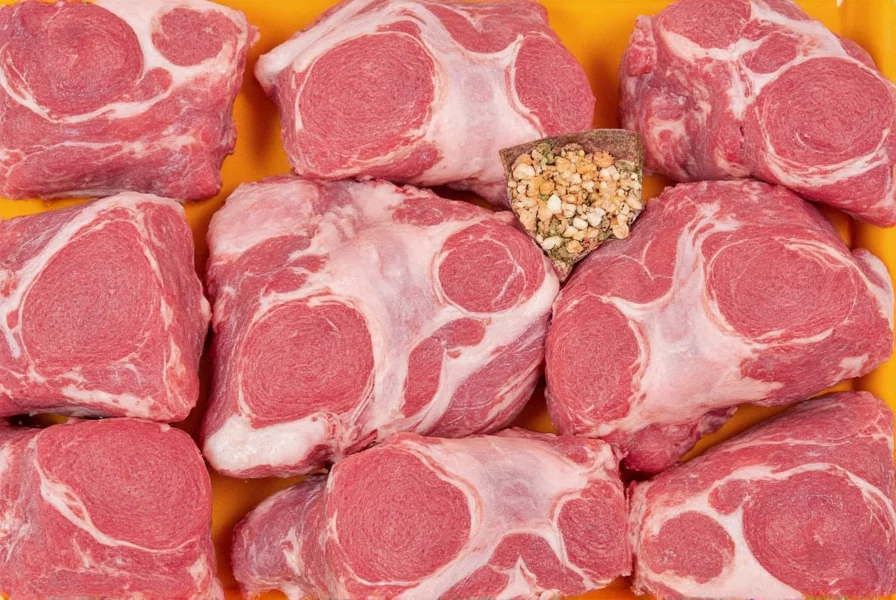

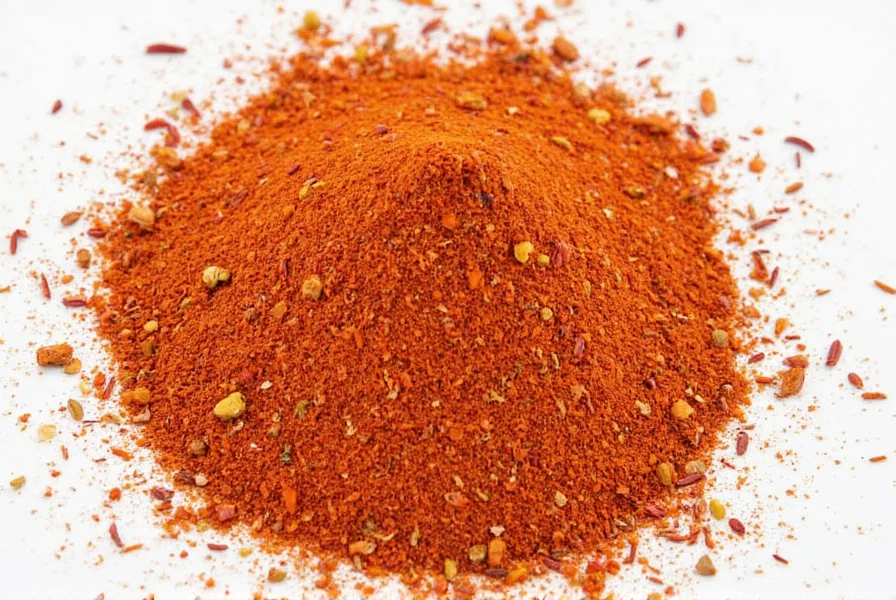









 浙公网安备
33010002000092号
浙公网安备
33010002000092号 浙B2-20120091-4
浙B2-20120091-4